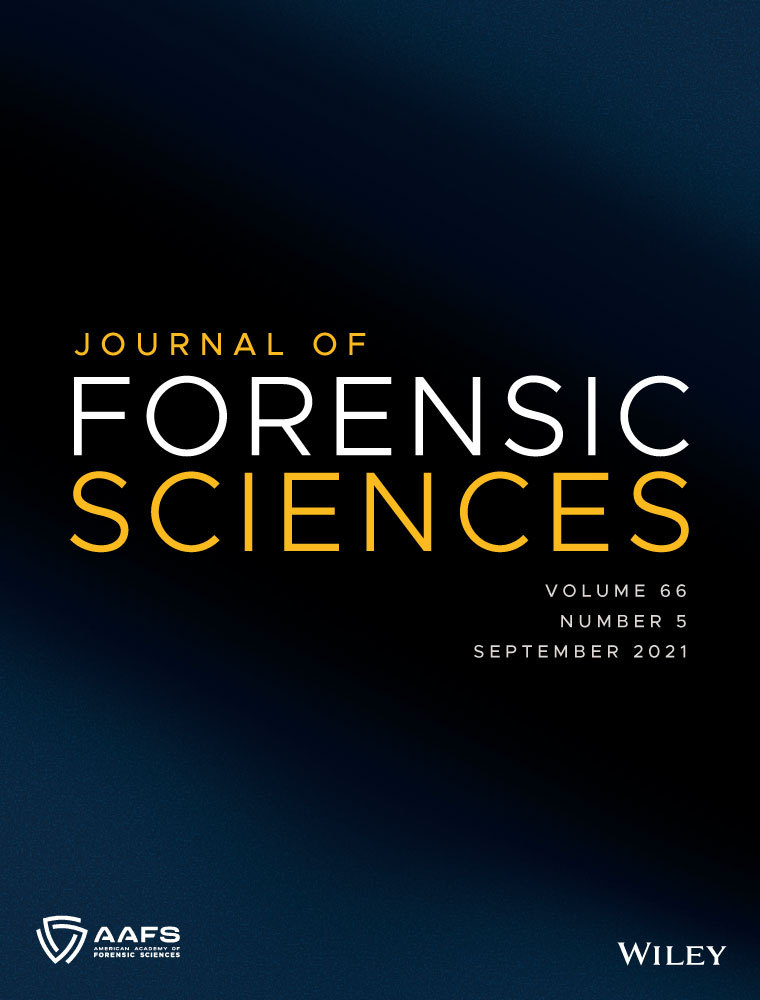Evaluation of rapid DNA using ANDE™ in a technical exploitation Level 2 laboratory workflow
Abstract
A trial of rapid DNA (rDNA), a fully automated DNA profiling system, within a technical exploitation (TE) workflow is an important endeavor. In the 2019 Ardent Defender (AD) exercise, the Deployable Technical Analysis Laboratory (DTAL), of the Canadian Department of National Defence (DND), evaluated the use of rDNA using ANDE™. Sixteen samples were processed during a pre-exercise “controlled” setting, 44 samples were from an “uncontrolled” environment during the exercise, and 22 samples were buccal swabs. The proportion of profiles suitable for upload to ANDE™ was 95.5% of buccal samples (21/22), 66.7% controlled samples, and 15.9% for uncontrolled samples. A considerable difference was observed in the proportions of complete DNA profiles obtained from all exploited items between the controlled (58.3%) and uncontrolled (15.9%) trials and in the proportions of samples where no DNA was detected (16.7% controlled trial vs. 56.8% uncontrolled trial). Overall, the trials highlighted the potential to gain identity intelligence using rDNA within a TE workflow and revealed the impact of operational constraints and the need to improve certain TE practices to gain the most benefit from rDNA. It also demonstrated the benefit of including an uncontrolled component for a more realistic indication of rDNA effectiveness in operational settings and highlighted operational practices impacting rDNA success. Mixture deconvolution was difficult as current guidelines do not consider some of the stochastic effects produced by the rDNA analysis; however, overall, the study demonstrated that rDNA using the ANDE™ instrument could be successfully incorporated into a TE workflow within a deployable laboratory.




